Business
Business Info
Business Info
The edible portion of shellfish is 40% to 60% of the shellfish area, which is considerably discarded depending on eating habits. In general, the rate of reduction is about 5-10% in food supply (weight at the time of release) during the distribution process, which is 2 to 5 times greater in distribution than other foods.

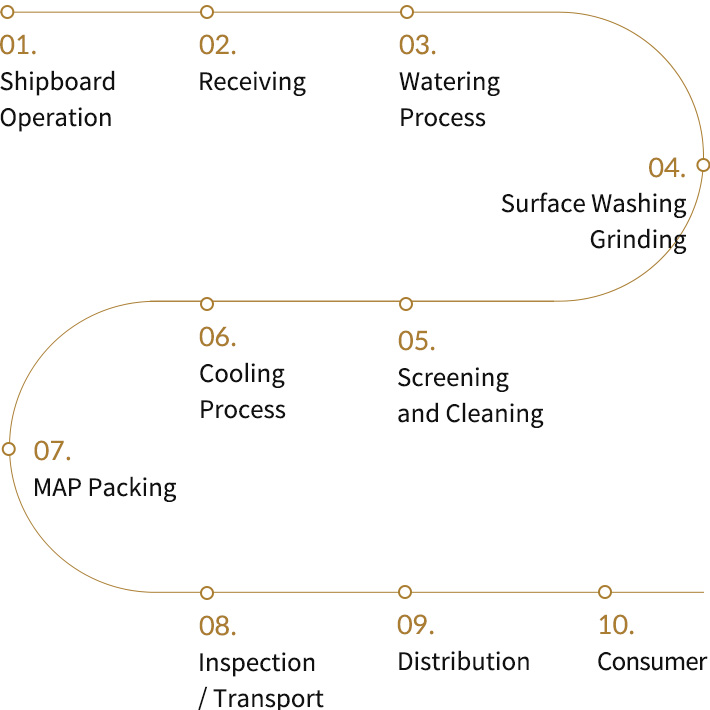


1.
Collection of commercial mussels that have undergone a certain period of cultivation in the sea.
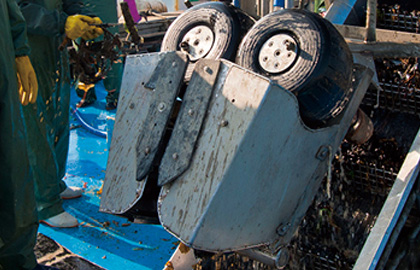

2.
Primary cleaning and screening process
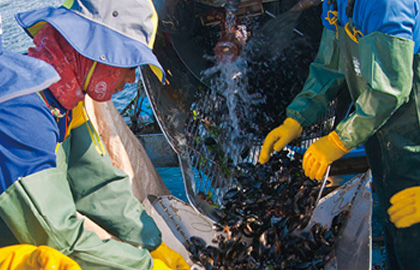

3.
Remove mudflats, algae, and other by-products from the collected mussels
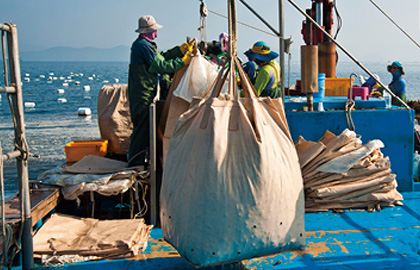

4.
Collected mussels are shipped through network operations
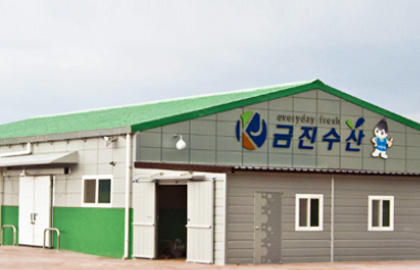

1.
Purification of shellfish: Prevention of contamination from bacteria
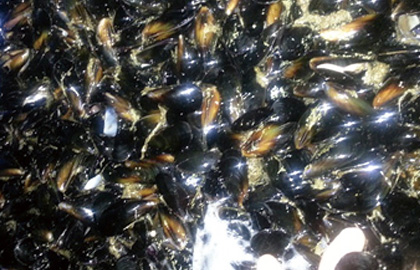

2.
Wet storage of shellfish: Optimizing and extending the freshness and survival time of shellfish by minimizing moisture reduction
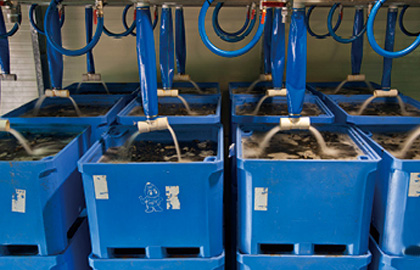

3.
Basic Stage of Shellfish Processing: Subsequent Phase Automation Work Ease, Labor Reduction Basic Work of Uniform High Quality Production
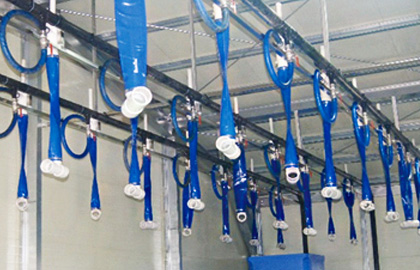

1.
After completing the first cleaning work, watering is performed in the cold refrigerator for more than 12 hours.
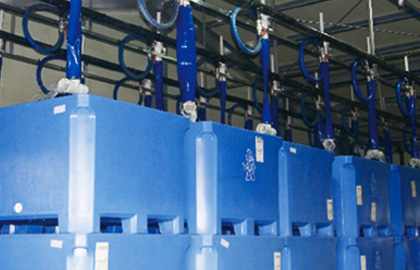

2.
Minimize shellfish stress until the product is released through watering.
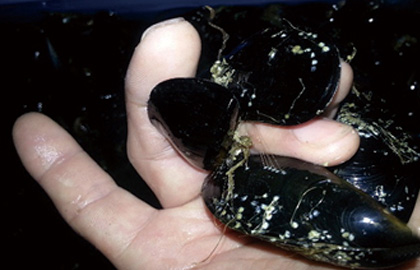

3.
Mussels remain alive and consistent throughout the factory through cooled seawater purified by UV filters.
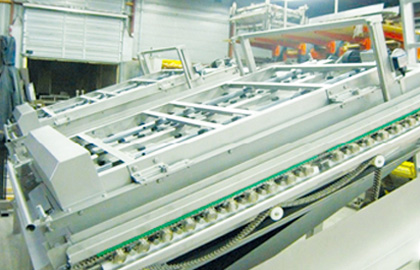

1.
Pre-removal of fine fbyssus and suspended solids left on the surface of mussels prior to screening to eliminate marine pollutants generated during distribution while efficiently conducting inspection, packaging and processing steps.
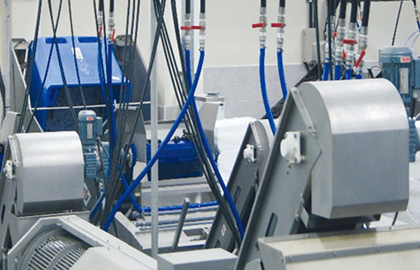

2.
The mussels, which have been separated, are inspected through a conveyor.


1.
After moving to the conveyor, mussels that are not commercially available will be selected and sent to the next process through the inspection process
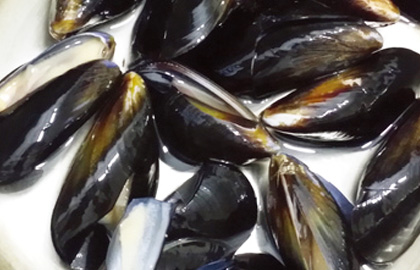

2.
Only commercial and fresh mussels are processed by selecting broken or dead mussels.

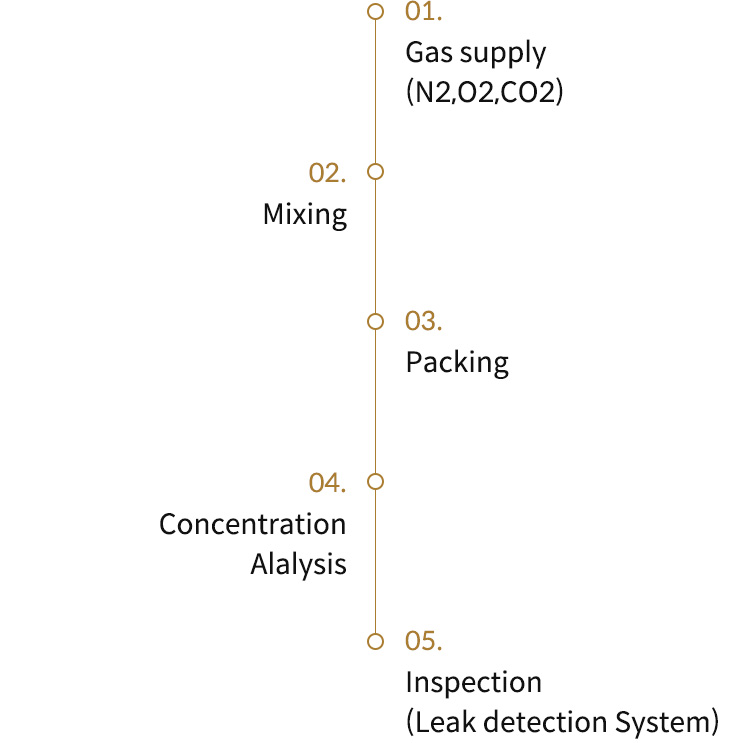
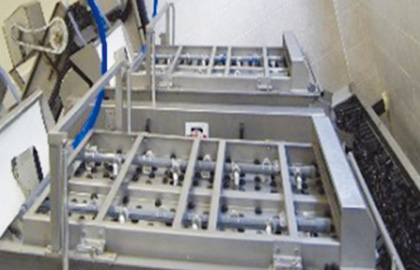

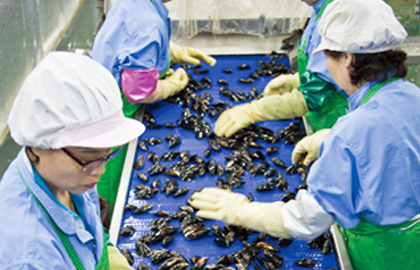

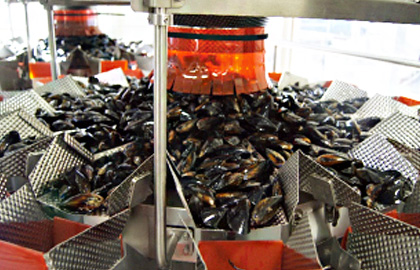

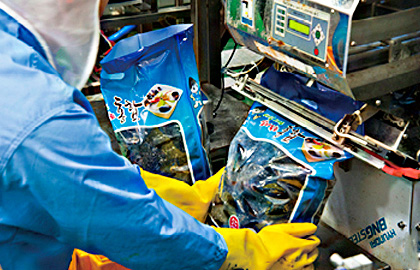


A method developed as an improvement to vacuum packaging refers to changing the composition of air in packaging containers that are packing products to slow breathing and delay air pollution by enzymes.
With advanced processing methods, we can increase the shelf life by up to a week to see fresh mussels in the sea as they are at the table. (The product is alive for up to seven days!)